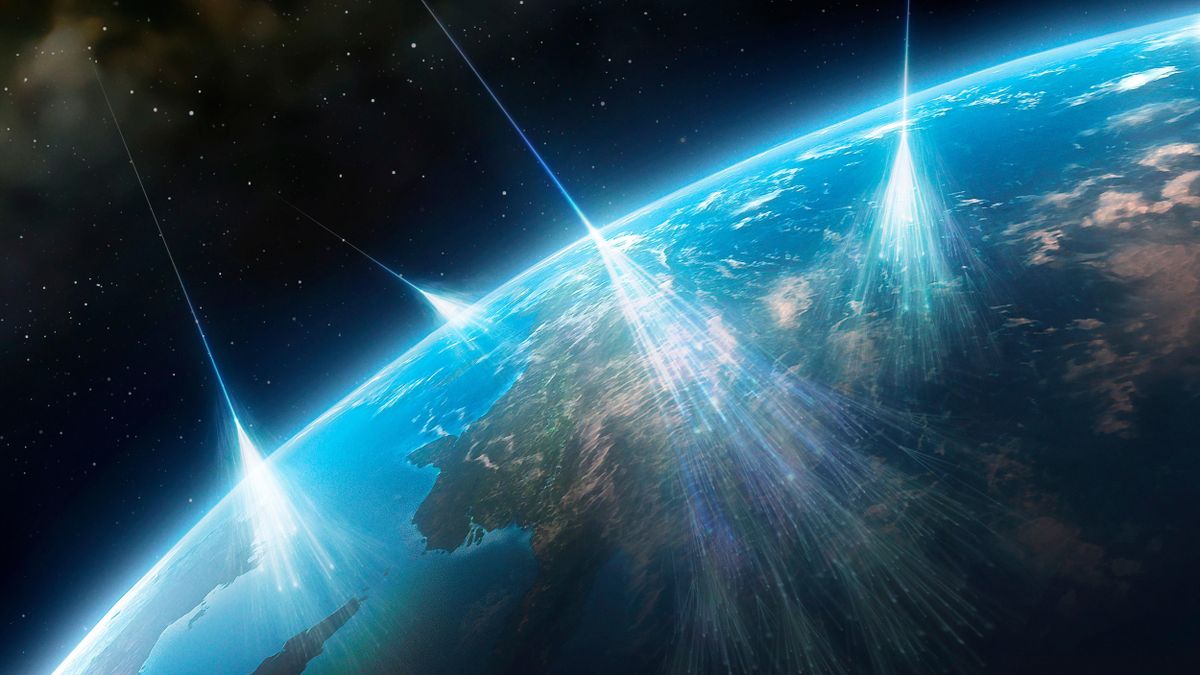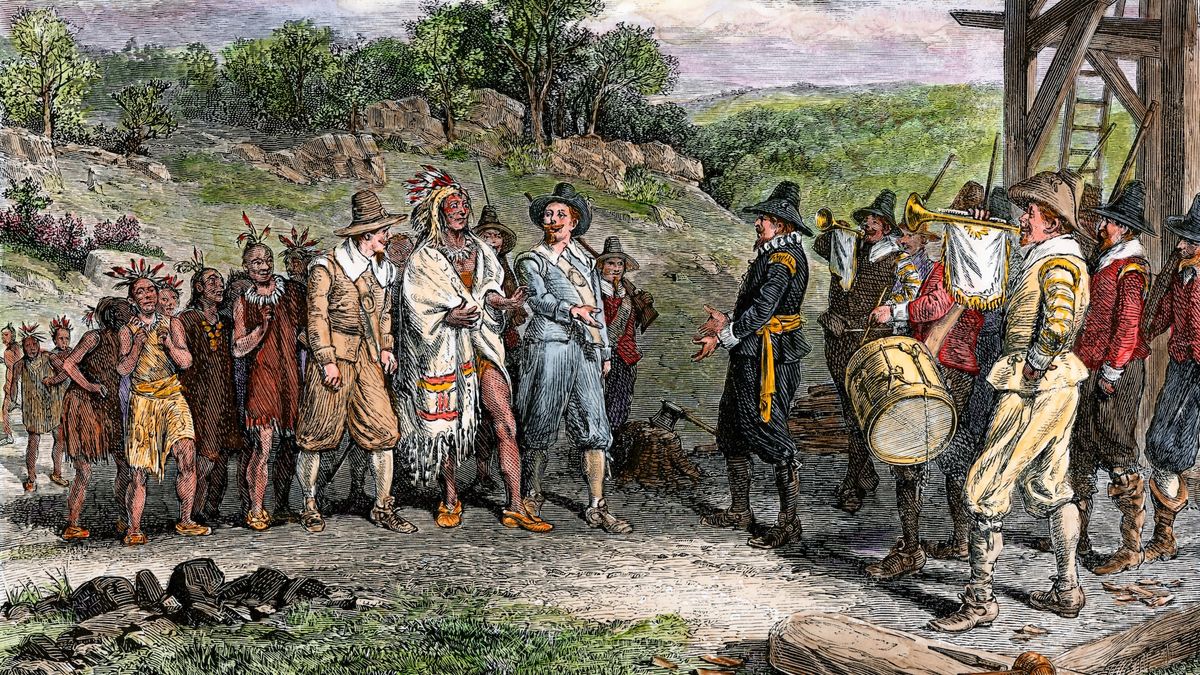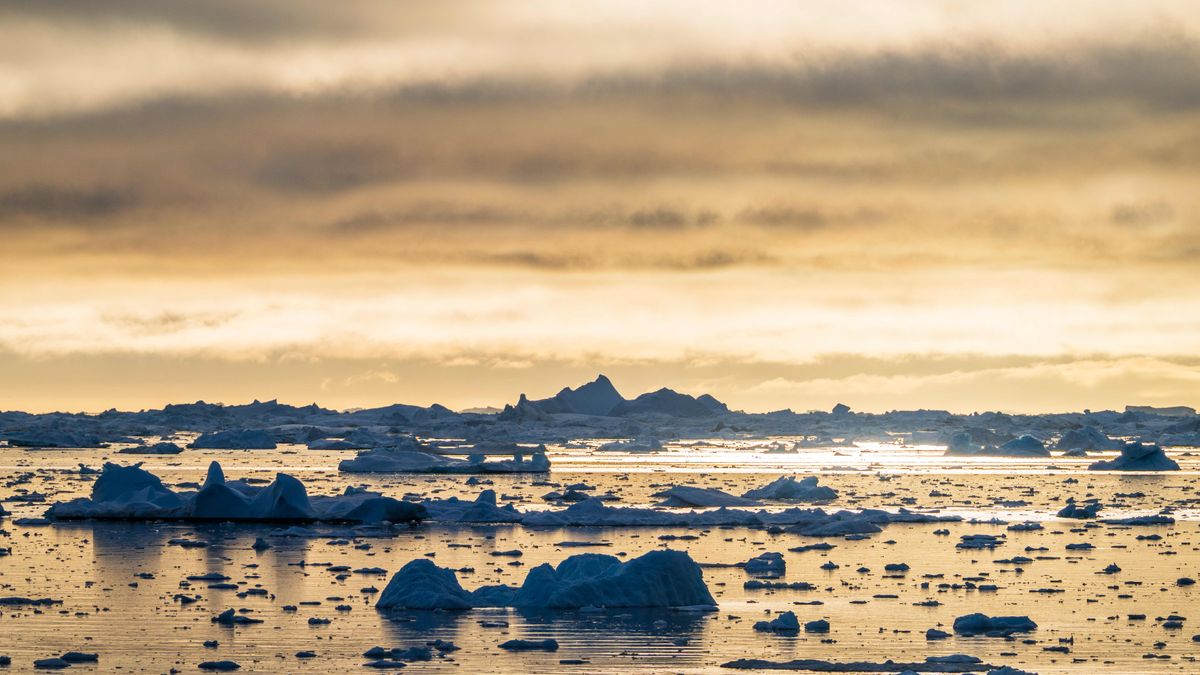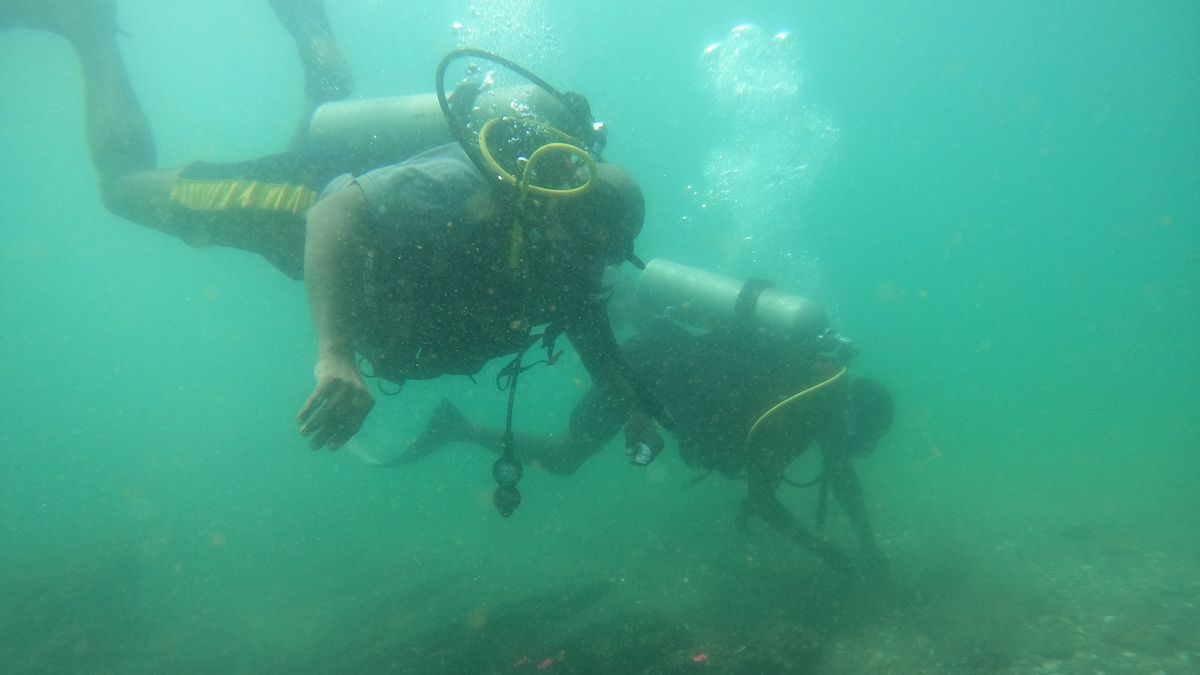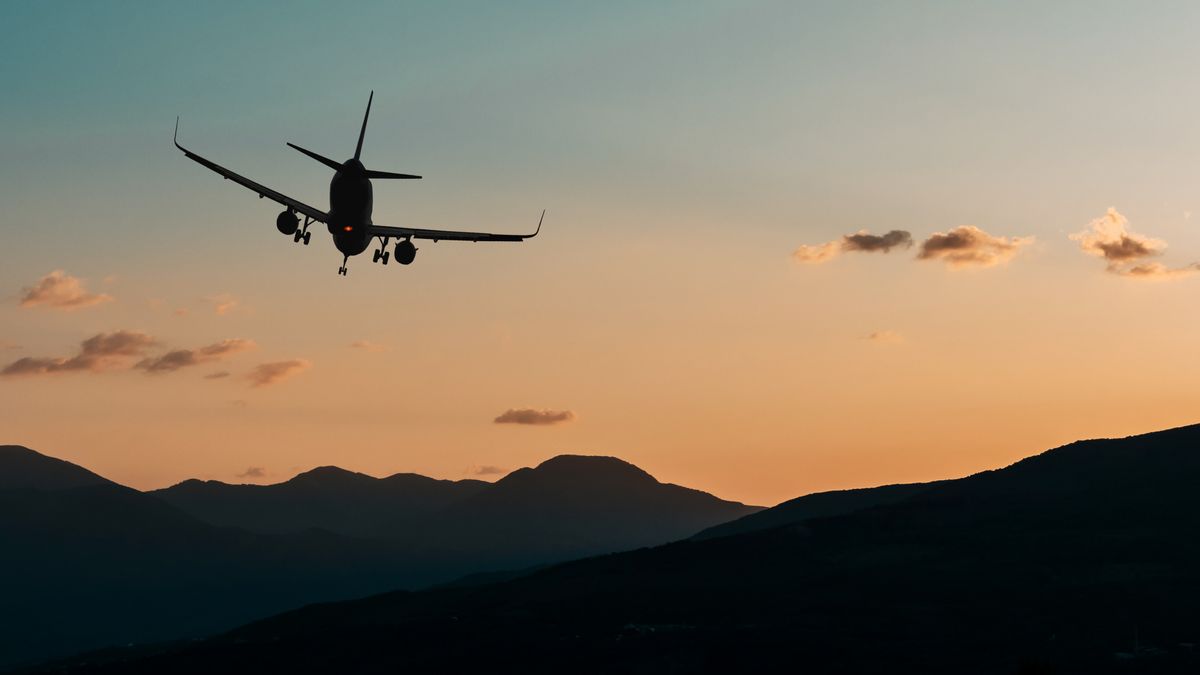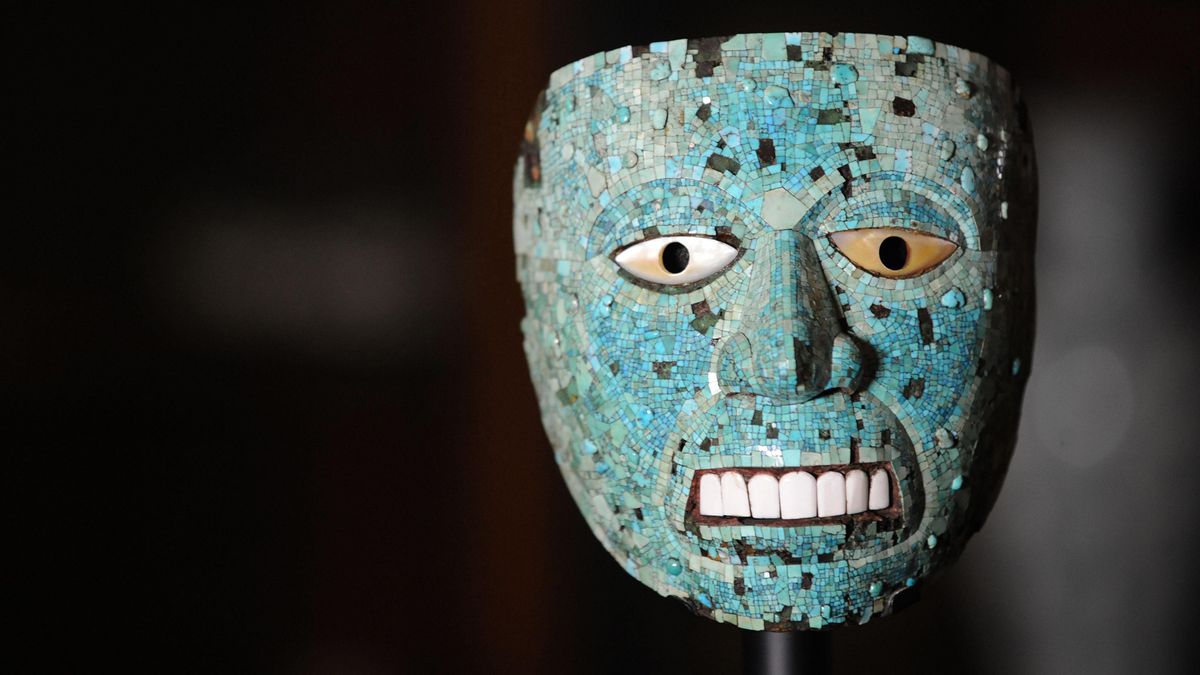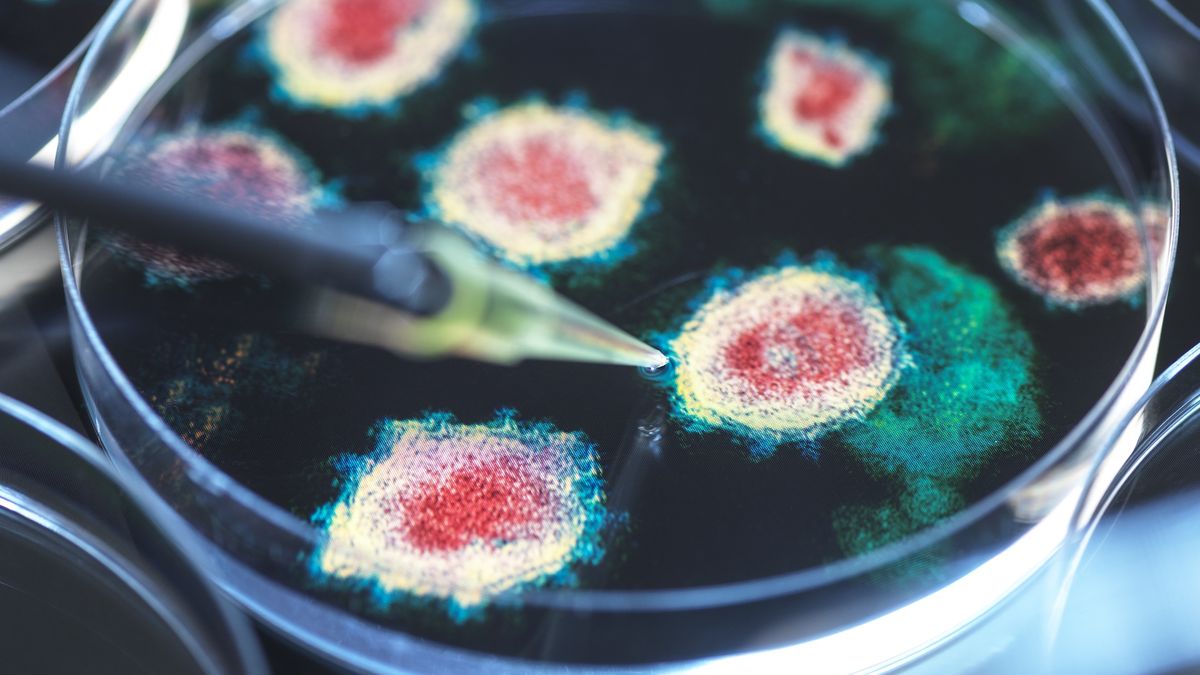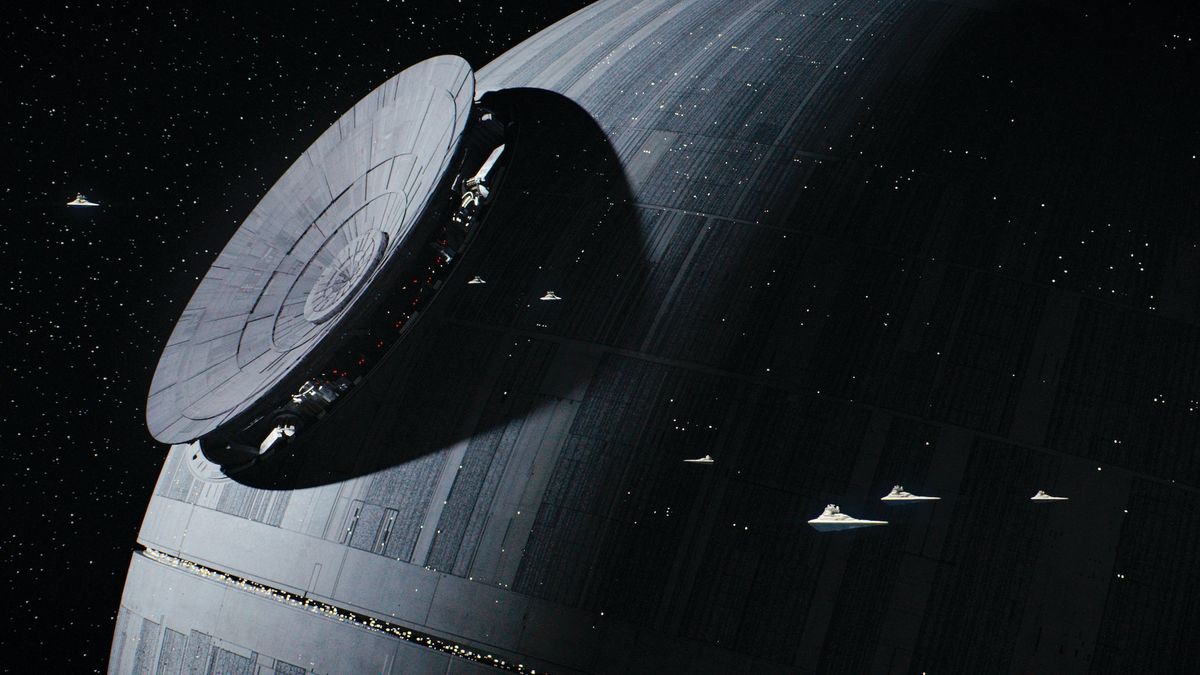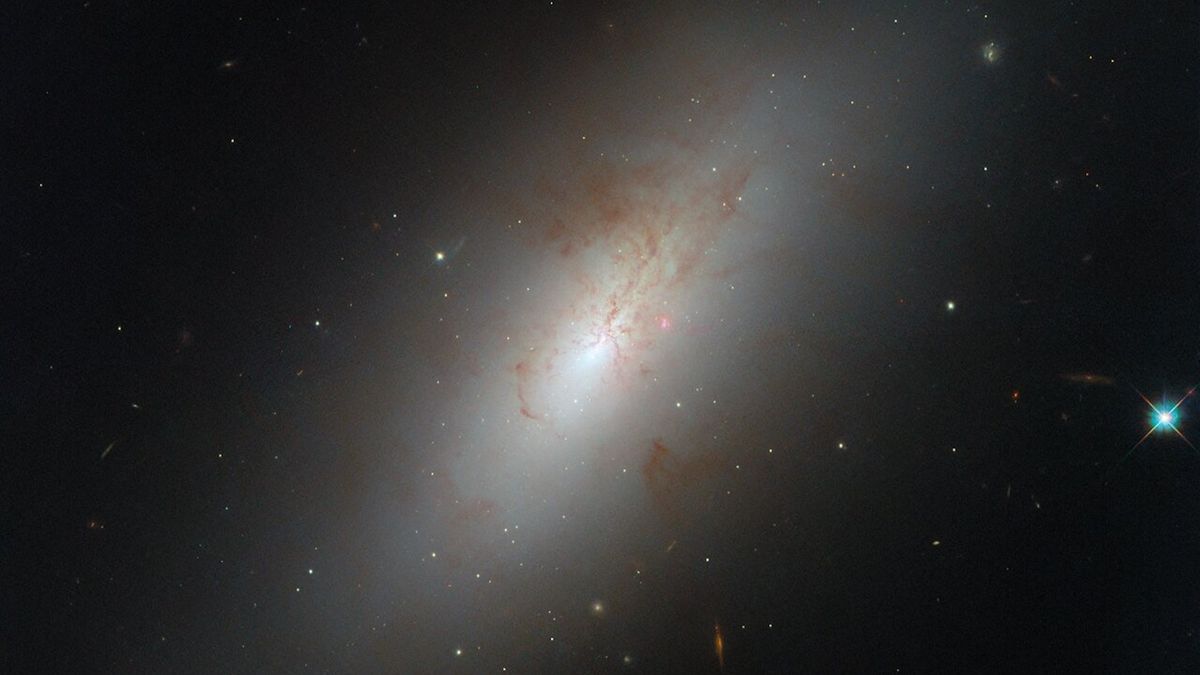Every November, Americans gather around the table to celebrate Thanksgiving in commemoration of the 17th-century partnership between the newly arrived English colonists and the Indigenous Wampanoag people.
Well, at least that’s the simplified story kids are taught in school. The truth is more complex. So what really happened on the first Thanksgiving in 1621?
“The missing parts of the story are quite dark and not the stuff of family celebrations,” David J. Silverman, a historian who specializes in early American and Native American history at The George Washington University in Washington, D.C., told Live Science. He added that its historical relevance was determined retroactively hundreds of years later.
In 1620, about 100 religious Pilgrims left England on the Mayflower for the “New World” and landed in modern-day southeastern Massachusetts, a region inhabited by the Wampanoag people. They’d originally planned to settle in the northern part of the preexisting Virginia Colony, but bad weather led them to seek shelter in Cape Cod, where they then decided to stay, according to the Plimouth Patuxet Museums. The Pilgrims subsequently founded Plymouth Colony and formed an alliance with the Wampanoag.
“The Thanksgiving myth that many Americans have been brought up with would have us believe that the English were lucky enough to stumble upon friendly Indians,” Silverman said. He explained that, in reality, the Wampanoag were willing to form a military alliance because disease had recently decimated their populations and made them vulnerable to enemy tribes, such as the Narragansett people. Although scholars don’t know what the disease was, it’s known that the pathogen arrived on a previous European expedition.
Related: Did Benjamin Franklin really want the turkey to be the US national bird?
By that point, the Wampanoag had been in contact with Europeans for over a century, including expeditions by the Italian Giovanni da Verrazzano in 1524, the English Bartholomew Gosnold in 1602, the English Martin Pring in 1603 and the French Samuel de Champlain in 1605. These encounters “routinely degenerated into violence and even kidnapping” on both sides, Silverman said. Nevertheless, the Wampanoag still chose to form an alliance because of, among other things, the colonists’ military technology: metal weaponry and guns.
“The fact that their friendship was also a military alliance against the Narragansetts understandably usually isn’t included in the kids versions,” Kathleen DuVal, a historian who specializes in early American history at the University of North Carolina at Chapel Hill, told Live Science in an email.
But the English also benefited greatly from the alliance. The Wampanoag protected them from other Indigenous tribes and taught them how to fish, plant crops and gather shellfish.
In the fall of 1621, the English decided to celebrate their first harvest, but the Wampanoag weren’t originally invited. The colonists’ celebration included firing guns into the air, which the Wampanoag interpreted as a call for help, Silverman said. Massasoit, the Wampanoag high chief, rushed to the colony with 90 warriors to discover that the English were feasting instead of fighting — so the fighters joined them, Silverman said.
“They ate corn, fish, deer, and local fowl, which probably included wild turkey,” DuVal said. The Wampanoag “probably brought corn and meat as well,” she added.
But most of the Thanksgiving foods they ate were different from the ones we enjoy today. For example, neither the English nor the Wampanoag had butter, flour, sugar or potatoes, the last of which were not permanently established in the U.S. until 1719. Instead, they likely enjoyed fish, shellfish, eels, wild berries and some greens from the colonists’ gardens, he said.
And the “Thanksgiving table” was likely nonexistent — they would have enjoyed the meal sitting on the floor and possibly eating with their hands, as there wouldn’t have been glassware or silverware and only very few tables and chairs. Ultimately, though, the 1621 feast would hold little historical relevance to the people involved and was not considered a unique event, since “both the English and Native Americans regularly held ceremonies and feasts to celebrate the harvest,” DuVal noted.
In fact, historians can rely on only a few pieces of textual evidence to rebuild the events, including from Plymouth Colony Governor William Bradford (1590-1657) and a colonist named Edward Winslow (1595-1655), both of whom briefly recounted the feast in their writings. There is also “archeological and oral history evidence of farming and villages more generally in this era,” DuVal said.
It wasn’t until 1863 that President Abraham Lincoln made his Thanksgiving Proclamation, giving birth to the holiday the United States has celebrated annually in November ever since (although the date has changed over the years).


